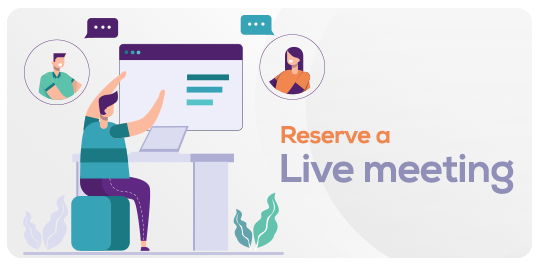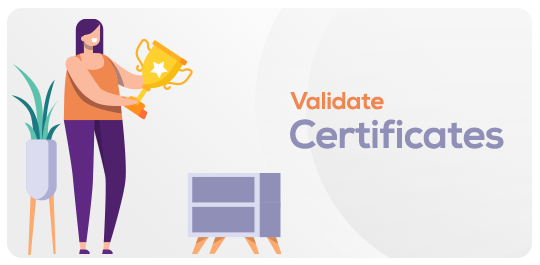About this course
What you'll learn
The basic grammar of the language that will help knowing how the language works.
How to greet and make simple introductory conversations.
How to count in Arabic and describe the quantity of objects.
Speaking about everyday actions.
Describe locations and ask for directions.
Ask for services in a polite and formal way.
Description
In this course, you will learn the fundamentals of Levantine Arabic, we will start from very basic concepts such as greetings, numbers...etc, and then gradually learn more advanced grammatical concepts. This course is not about learning new vocab as much as it is about having a very clear idea about how the language works, which is usually the challenge for new students trying to learn Arabic. I made sure that there is a balance between theoretical/grammatical concepts and real examples of how people actually speak. You will have the chance to experience the situation where you have to communicate with someone and respond to them in a very short time after you had learned the proper grammar of the language. In this course, you will find:
Conversations so you can experience how people speak in real life.
Grammar lessons that will help know how the language works.
Exercises to practice the concepts you learned in the grammar lessons.
Quizzes to make sure that all the concepts are well learned.
Although I highly recommend learning the Arabic alphabet, I have transliterated everything to the English alphabet for those of you who choose not to learn the Arabic alphabet, and due to the fact it's very common for people of the Levant to use English letters when using chatting application and when writing on social media websites.
FAQ
Comments (1)
Python is an interpreted high-level general-purpose programming language. Python's design philosophy emphasizes code readability with its notable use of significant indentation.
Get started learning Python with DataCamp's free Intro to Python tutorial. Learn Data Science by completing interactive coding challenges and watching videos by expert instructors. Start Now!
Before getting started, you may want to find out which IDEs and text editors are tailored to make Python editing easy, browse the list of introductory books, or look at code samples that you might find helpful.
If you want to know whether a particular application, or a library with particular functionality, is available in Python there are a number of possible sources of information.










Will we be able to build applications at the end of this course?
Hi.
Yes you can.